Top tips
If you are in an accident, the US version of the UK's 999 emergency number is 911.
Driving in the USA can feel like being part of a movie. From buzzing cities with their towering skyscrapers, to the barren deserts and valleys with their dramatic rocky outcrops. But there are a few important differences to be aware of, compared to driving at home.
With that in mind, here are some quick tips on driving in the USA:
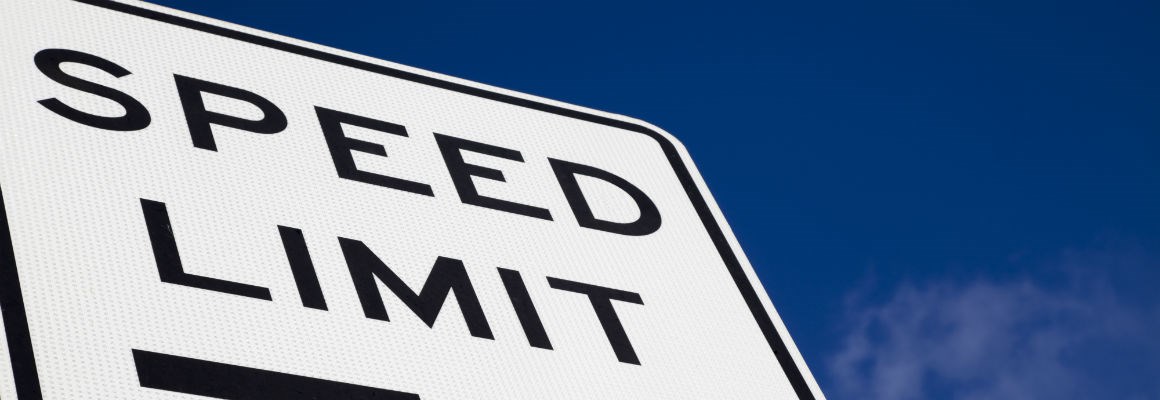
1. Know your limit
Speed limits can vary from state to state in the USA. You can find a list of all states’ speed limits on the Governors Highway Safety Association's website. The limit is generally 70 mph on motorways, which are known as freeways, 65 mph outside built-up areas and 30 mph in built-up areas. Limits can be lower around schools or road works, so keep an eye out for any signs.
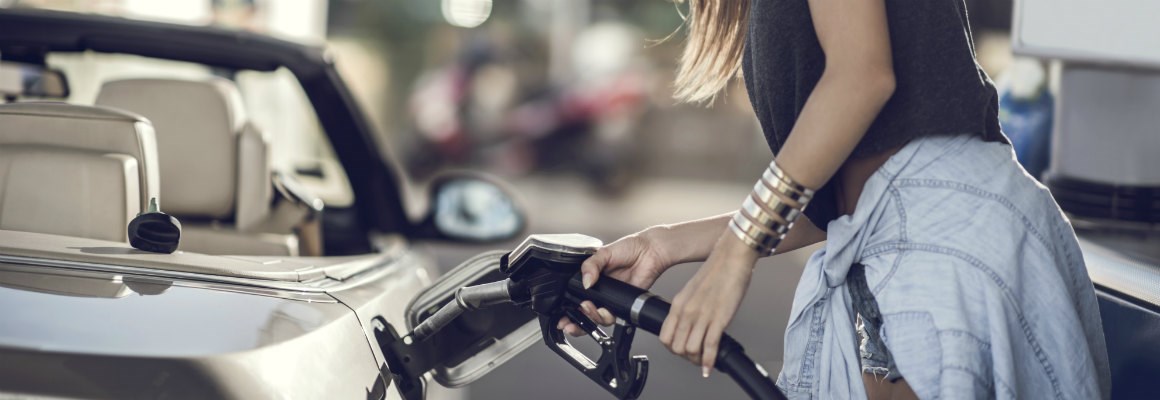
2. Topping up the tank
At petrol stations in the USA, you pay for your petrol before you fill up your car, not afterwards like in the UK. If you’re going on a long journey, plan your route and make sure there are places to fill up along the way as there can often be long distances between petrol stations.
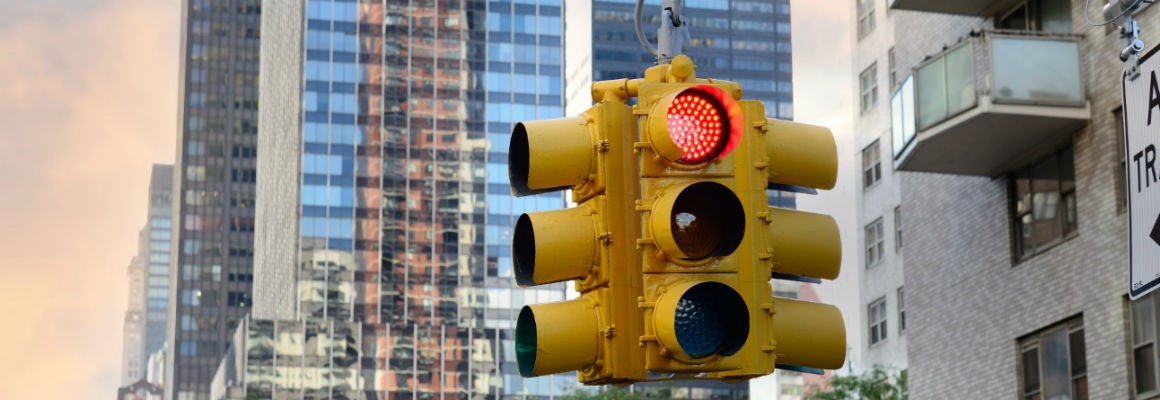
3. Red light
Even when the traffic lights are red, you’re still allowed to make a right turn at most junctions, as long as there is no oncoming traffic or pedestrians in the road. Make sure you come to a complete stop first and only drive on when the coast is clear.
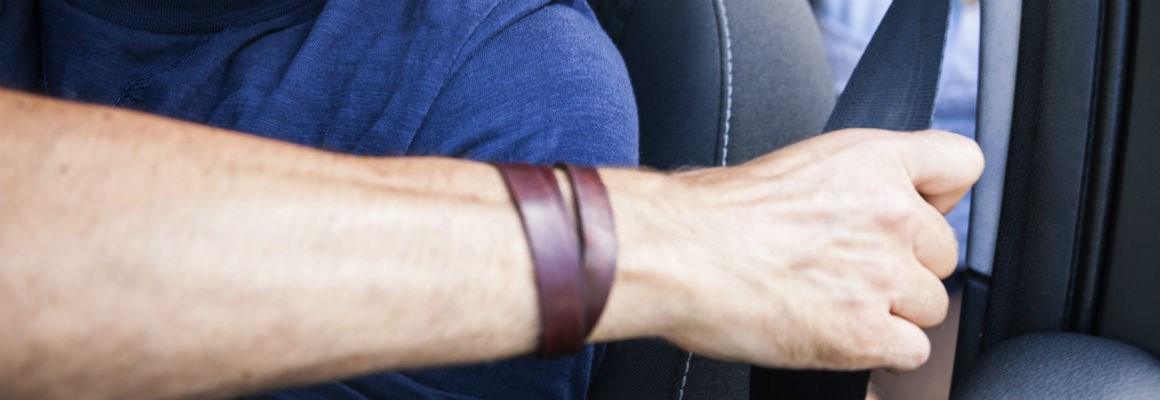
4. Belting up
Just like in the UK, in nearly every US state the driver and front passengers must wear a seat belt and young children must use child seats. Many states also require back seat passengers to wear seat belts, as in the UK.
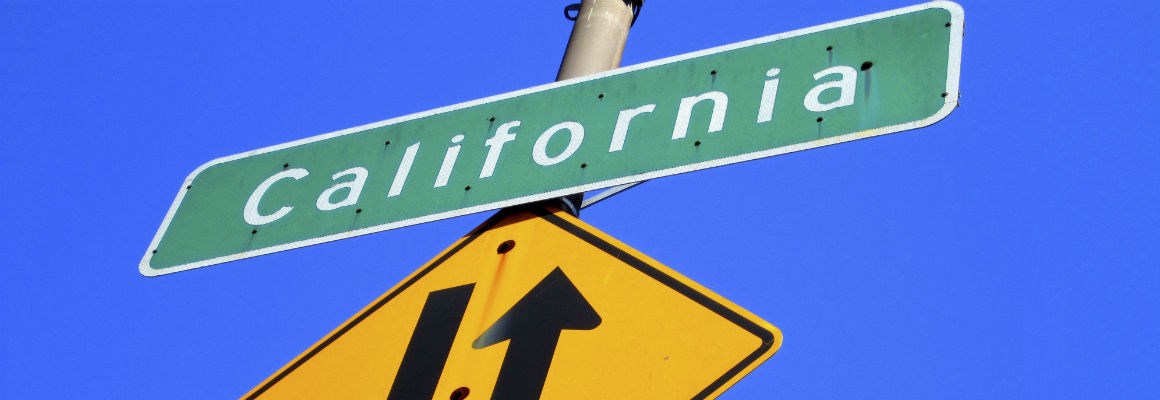
5. Road sign round-up
US road signs are colour coded:
- Red signs mean danger or stop, and are often found at junctions
- White signs with black writing are regulatory signs showing things like speed limits and must always be obeyed
- Yellow signs mean caution and are often used to alert drivers to things like pedestrian crossings
- Green signs give route information such as distances to destinations
- Blue signs are hospitality signs, indicating things like petrol stations and hotels
- Brown signs indicate attractions like national parks and historical monuments
Downloadable Guide
PDF 99KB

Swinton Travel Insurance
Explore our online exclusive single trip and annual multi-trip travel insurance policies and build a quote to suit you.
Thinking of hiring a car in the USA? Take a look at our guide to the things you need to bear in mind.
Insurance from Swinton
- Car Hire Excess Insurance - Protect your finances from costly excess charges on insurance for rental cars
- Car Insurance - A flexible range of policies for a wide range of cars and drivers
Driving abroad
Be sure to check out our other driving abroad guides:
Looking for something else?